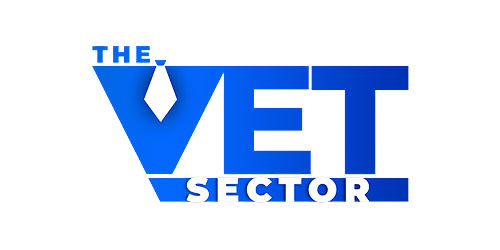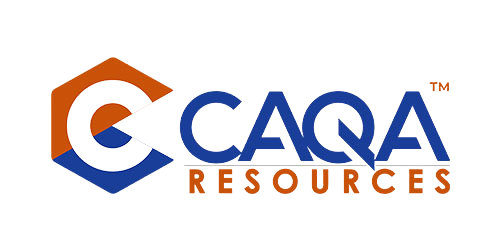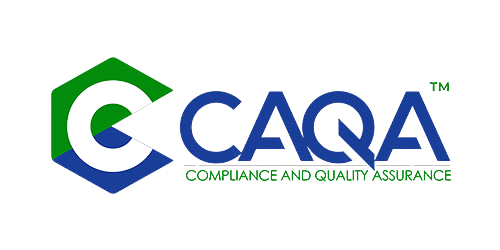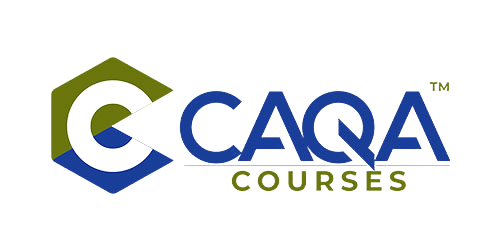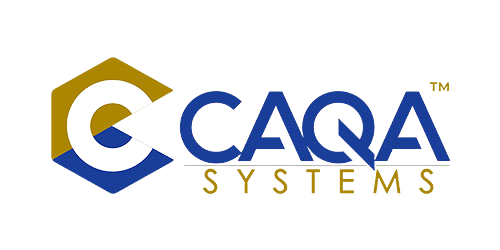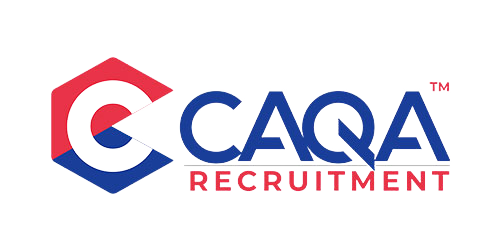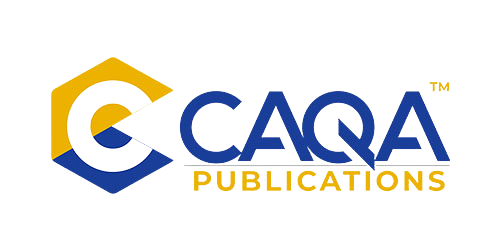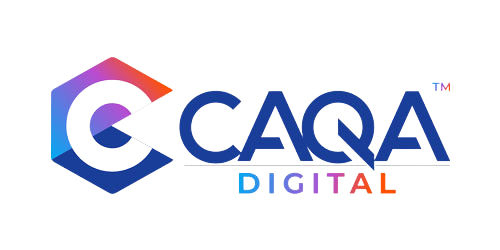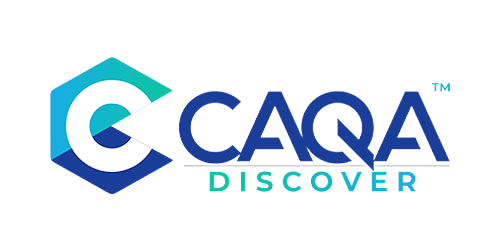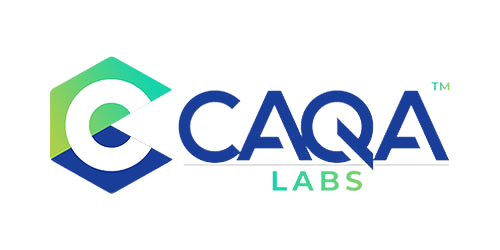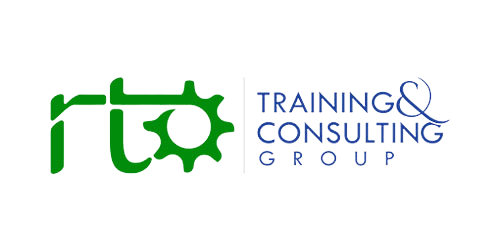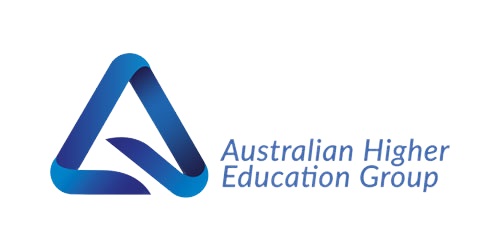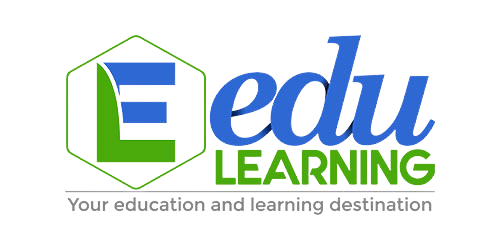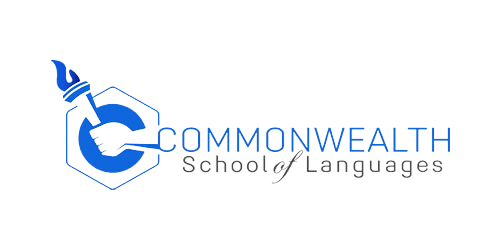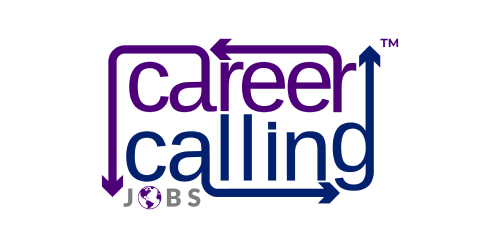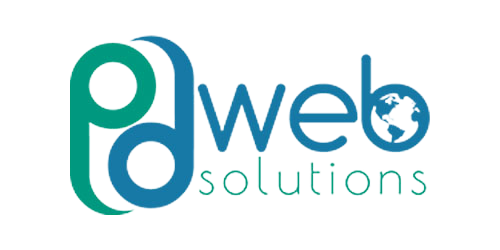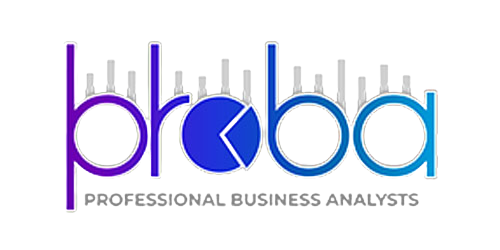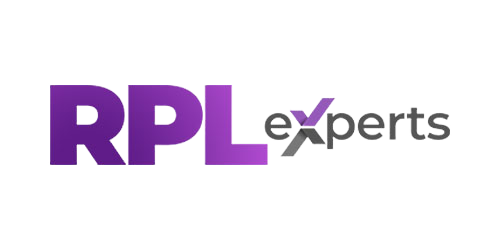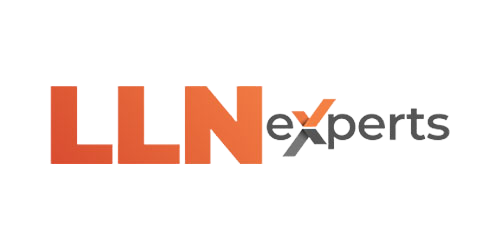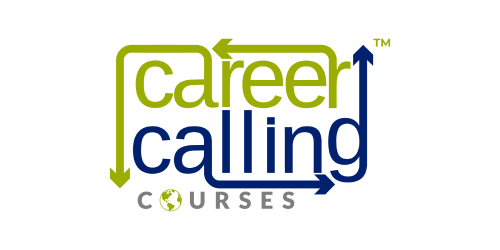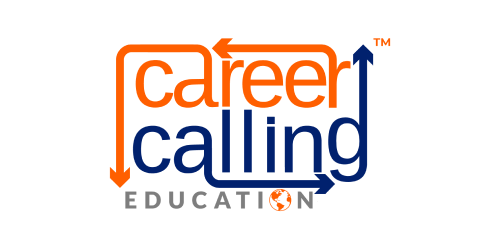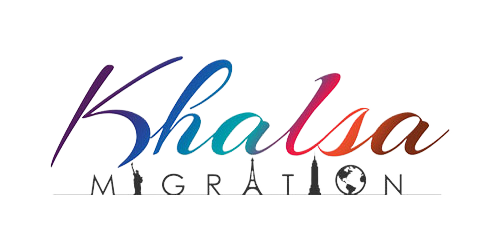The landscape of Australian vocational education and training continues to evolve, demanding a sophisticated approach that balances regulatory compliance with genuine student-centred learning. As we navigate the implementation of the Standards for RTOs 2025 and respond to increasingly diverse student cohorts, the challenge facing training providers has never been more complex or more critical. Success in this environment requires moving beyond traditional compliance frameworks to create educational experiences that genuinely transform lives while meeting all regulatory requirements.
The modern approach to student success recognises that compliance and student support are not competing priorities but complementary elements of quality education. When training organisations embed regulatory requirements into thoughtfully designed support systems, they create environments where students thrive academically, personally, and professionally. This integration demands a fundamental shift in how we conceptualise education delivery, moving from a model that views compliance as a burden to one that sees it as the foundation for excellence.
Understanding Holistic Student Support in Contemporary Education
The concept of holistic student support has transformed significantly over recent years, evolving from basic academic assistance to comprehensive systems that address the full spectrum of student needs. In the Australian VET context, this means creating support structures that acknowledge the complex lives our students lead, many of whom juggle work commitments, family responsibilities, and financial pressures alongside their studies. The most effective training organisations recognise that student success depends not just on quality teaching but on addressing the various factors that can either enable or impede learning.
Contemporary holistic support begins with comprehensive needs assessments that go well beyond basic literacy and numeracy screening. These assessments explore digital capabilities, learning preferences, cultural backgrounds, mental health considerations, and personal circumstances that might affect study. By gathering this information early and sensitively, training providers can proactively design support interventions rather than reactively responding to problems after they arise. This proactive stance represents a fundamental shift in educational philosophy, moving from a deficit model that waits for students to fail before offering help to a strengths-based approach that anticipates and prevents difficulties.
The implementation of holistic support requires careful coordination across multiple service areas. Academic support services must work seamlessly with wellbeing teams, career advisors need to collaborate with industry engagement coordinators, and digital literacy support must align with course delivery methods. This integration challenges traditional organisational structures where different support functions operate in isolation. Leading providers are breaking down these silos, creating unified support teams that can address the interconnected nature of student challenges.
One particularly effective approach involves embedding support directly into the learning experience rather than treating it as an optional add-on. For instance, when delivering a Certificate III in Individual Support, a training organisation might integrate study skills workshops into the course schedule, build peer mentoring into group projects, and schedule regular wellbeing check-ins as part of the assessment process. This embedded approach normalises support-seeking behaviour and ensures that all students benefit from available resources, not just those confident enough to ask for help.
The digital transformation of education has created both opportunities and challenges for holistic support delivery. Online platforms enable twenty-four-hour access to resources, automated early warning systems can flag at-risk students, and virtual counselling services can reach remote learners. However, this digital shift also demands that providers address digital equity issues, ensuring all students have the technology, connectivity, and skills needed to access support. Smart providers are developing multi-modal support strategies that blend digital convenience with human connection, recognising that while technology can enhance support delivery, it cannot replace the fundamental importance of human relationships in education.
Mental health and well-being support has emerged as a critical component of holistic student services, particularly following the disruptions of recent years. Training organisations are moving beyond basic counselling referrals to create comprehensive wellbeing programs that include stress management workshops, mindfulness training, financial counselling, and connections to community support services. This expanded approach acknowledges that student mental health is influenced by multiple factors and requires coordinated responses that address root causes rather than just symptoms.
The success of holistic support systems depends heavily on cultural change within training organisations. Staff at all levels need to understand their role in student support, from trainers who might be the first to notice a struggling student to administrators who ensure support services are easily accessible. This requires ongoing professional development, clear communication protocols, and leadership commitment to student-centred practices. Organisations that successfully embed this culture report not just improved student outcomes but also increased staff satisfaction and engagement.
Preparing for the Standards for RTOs 2025 and Evolving Quality Standards
The introduction of the Standards for RTOs 2025 represents a watershed moment in Australian vocational education, signalling a shift from compliance-focused regulation to outcome-oriented quality assurance. This transformation requires training organisations to fundamentally reimagine their approach to compliance, moving from a mindset of meeting minimum requirements to one of continuous improvement and genuine quality outcomes. The new standards demand evidence not just of processes but of impact, requiring providers to demonstrate that their training genuinely prepares students for workplace success.
Understanding the philosophical shift underlying the new standards is crucial for effective implementation. Where previous iterations focused heavily on documentation and procedural compliance, the 2025 standards emphasise student outcomes, industry relevance, and continuous improvement. This change reflects a maturation of the VET sector and recognition that true quality cannot be achieved through paperwork alone. Training organisations must now demonstrate not just that they have policies and procedures in place, but that these systems genuinely support student learning and achievement.
The self-assurance framework embedded in the new standards represents both an opportunity and a challenge for training providers. This approach grants greater autonomy to organisations while demanding higher levels of accountability and evidence-based practice. Successful implementation requires sophisticated internal quality assurance systems that go beyond traditional compliance checking to encompass regular evaluation of teaching effectiveness, assessment validity, and student satisfaction. Organisations must develop robust data collection and analysis capabilities to demonstrate ongoing improvement and responsiveness to stakeholder feedback.
Preparing for the new standards requires comprehensive organisational change management that engages staff at all levels. The shift to outcome-focused regulation cannot be achieved through top-down directives alone but requires genuine buy-in from trainers, assessors, and support staff who ultimately deliver the student experience. Leading organisations are investing heavily in professional development, creating communities of practice where staff can share effective strategies, and establishing clear communication channels to ensure everyone understands both the letter and spirit of the new requirements.
The emphasis on industry engagement in the 2025 standards reflects recognition that vocational education must remain closely aligned with workplace requirements. Training organisations need to move beyond tokenistic industry consultation to establish genuine partnerships that inform curriculum design, assessment development, and student support strategies. This might involve regular industry advisory committees, workplace observation programs for trainers, and collaborative projects that bring real workplace challenges into the classroom. The most successful providers are creating dynamic feedback loops where industry input continuously shapes and refines training delivery.
Quality assurance under the new standards requires sophisticated approaches to evidence collection and analysis. Rather than relying on periodic audits and reviews, organisations must establish continuous monitoring systems that track student progress, assessment outcomes, and post-training employment success. This data-driven approach enables early identification of quality issues and rapid implementation of improvements. However, it also requires significant investment in systems, processes, and analytical capabilities that many smaller providers may find challenging.
The documentation requirements under the 2025 standards, while streamlined in some areas, demand greater precision and relevance in others. Training and assessment strategies must clearly demonstrate alignment with industry requirements and student needs, assessment tools must provide valid and reliable evidence of competency, and continuous improvement processes must show tangible outcomes. This requires a shift from generic, template-based documentation to customised materials that reflect the unique context and requirements of each qualification and student cohort.
Risk management takes on new dimensions under the outcome-focused approach of the 2025 standards. Providers must not only identify and mitigate compliance risks but also consider risks to student outcomes, industry reputation, and long-term sustainability. This expanded risk perspective requires sophisticated governance structures, regular scenario planning, and proactive engagement with emerging challenges such as technological disruption, changing workforce needs, and evolving student expectations.
Enhancing Assessment Through Validity, Flexibility, and Fairness
Assessment sits at the heart of vocational education, serving as the critical junction where learning meets recognition and students demonstrate their readiness for workplace challenges. The evolution of assessment practices in Australian VET reflects broader changes in educational philosophy, moving from standardised, one-size-fits-all approaches to flexible, contextualised methods that recognise diverse learning styles and backgrounds. This transformation demands that training organisations develop sophisticated assessment strategies that maintain rigorous standards while accommodating individual student needs.
The concept of assessment validity has evolved significantly, now encompassing not just technical compliance with training package requirements but genuine alignment with workplace practices and expectations. Valid assessment in contemporary VET means creating tasks that authentically replicate workplace challenges, using tools and contexts that students will encounter in their careers, and gathering evidence that genuinely demonstrates competency rather than just theoretical knowledge. This requires deep industry engagement and regular review of assessment practices to ensure continued relevance.
Flexibility in assessment design has become essential as student cohorts become increasingly diverse. Training organisations must accommodate students with varying levels of prior experience, different cultural and linguistic backgrounds, diverse learning preferences, and various disabilities or learning challenges. This doesn't mean lowering standards but rather providing multiple pathways to demonstrate the same competencies. A student might demonstrate communication skills through written reports, oral presentations, video submissions, or practical demonstrations, depending on their strengths and the requirements of their intended workplace.
The integration of technology into assessment practices has opened new possibilities for both flexibility and authenticity. Digital simulations can recreate complex workplace scenarios, online portfolios can capture evidence over extended periods, and video assessments can document practical skills in real workplace settings. However, this technological integration must be balanced with considerations of digital equity and the need to maintain assessment integrity. Smart providers are developing blended assessment strategies that leverage technology while ensuring all students can demonstrate their competencies fairly.
Formative assessment has gained recognition as a powerful tool for supporting student learning rather than just measuring it. Regular, low-stakes assessment activities provide opportunities for students to practice skills, receive feedback, and identify areas for improvement before undertaking summative assessments. This approach reduces assessment anxiety, supports incremental skill development, and helps students understand assessment expectations. When implemented effectively, formative assessment becomes an integral part of the learning process rather than a separate evaluation activity.
The provision of reasonable adjustments for students with disabilities or additional needs requires a sophisticated understanding of both equity principles and competency requirements. Training organisations must balance the need to maintain assessment standards with the obligation to ensure fair access for all students. This might involve providing additional time, alternative formats, assistive technologies, or modified environments while ensuring that core competencies are still validly assessed. Success requires close collaboration between trainers, support staff, and students to identify appropriate adjustments that enable demonstration of competency without compromising standards.
Feedback mechanisms have evolved from simple pass or fail notifications to comprehensive developmental conversations that support ongoing learning. Effective feedback is timely, specific, constructive, and actionable, helping students understand not just what they did wrong but how to improve. This requires significant skill development for assessors, who must balance encouragement with honest evaluation and provide guidance that supports both immediate resubmission and long-term skill development. Leading organisations are implementing structured feedback protocols that ensure consistency while allowing for individualised support.
The authentication of student work presents ongoing challenges, particularly in online and blended delivery modes. Training organisations must implement robust processes to verify that submitted work genuinely reflects individual student capabilities while avoiding overly intrusive or punitive approaches that damage the learning relationship. This might involve progressive assessment tasks that build on each other, oral questioning to verify understanding, practical demonstrations of theoretical knowledge, or sophisticated plagiarism detection tools. The key is developing authentication strategies that maintain integrity while supporting genuine learning.
Assessment validation has become increasingly sophisticated, moving beyond simple checklist approaches to comprehensive evaluation of assessment quality and outcomes. This involves regular review of assessment tools, moderation of assessor judgements, analysis of assessment outcomes, and gathering feedback from students and industry stakeholders. Effective validation processes identify not just compliance issues but opportunities to enhance assessment quality, improve student experiences, and better align with industry requirements. This continuous improvement approach ensures assessment practices evolve alongside changing workplace requirements and student needs.
Leveraging Technology for Enhanced Learning and Support
The digital transformation of vocational education has accelerated dramatically, fundamentally reshaping how training is delivered, assessed, and supported. This technological evolution offers unprecedented opportunities to enhance student engagement, personalise learning experiences, and extend support services beyond traditional boundaries. However, successful technology integration requires more than just adopting new tools; it demands thoughtful consideration of pedagogical principles, equity concerns, and the human elements that remain central to effective education.
Learning Management Systems have evolved from simple content repositories to sophisticated platforms that support personalised learning pathways, track student engagement, facilitate collaboration, and provide early warning systems for at-risk students. Modern LMS platforms use artificial intelligence to recommend resources based on individual learning patterns, automate administrative tasks to free up trainer time for student support, and provide detailed analytics that inform continuous improvement efforts. The challenge for training organisations lies not in the technology itself but in effectively integrating these capabilities into pedagogical practice and organisational workflows.
Blended learning models have emerged as the predominant delivery approach, combining the flexibility of online learning with the engagement of face-to-face instruction. Successful blended learning requires careful design that leverages the strengths of each mode, using online components for content delivery and knowledge building while reserving face-to-face time for practical skills development, collaborative activities, and personalised support. This approach demands significant investment in instructional design, trainer capability development, and student digital literacy support.
Simulation and virtual reality technologies are revolutionising practical skills training, particularly in high-risk or resource-intensive industries. Virtual welding simulators allow students to practice techniques without consuming materials, healthcare simulations enable safe practice of clinical procedures, and virtual construction sites provide authentic workplace experiences without safety risks. While the initial investment in these technologies can be substantial, the long-term benefits in terms of improved learning outcomes, reduced resource consumption, and enhanced safety make them increasingly attractive to forward-thinking providers.
Mobile learning has become essential as students increasingly expect to access educational resources anytime, anywhere, and on any device. This shift requires training organisations to adopt mobile-first design principles, ensuring all content and systems are fully accessible on smartphones and tablets. However, mobile learning is more than just making existing content mobile-friendly; it involves reimagining how learning occurs, creating bite-sized resources suitable for on-the-go consumption, and leveraging mobile-specific features such as location-based learning and augmented reality.
Digital collaboration tools have transformed group work and peer learning, enabling students to work together regardless of physical location. Video conferencing platforms facilitate virtual classrooms, collaborative documents enable real-time group projects, and discussion forums support asynchronous peer learning. These tools are particularly valuable for supporting diverse student cohorts, including remote and regional students, working professionals studying part-time, and students with mobility challenges. The key to success lies in providing adequate training and support to ensure all students can effectively use these tools.
Analytics and data-driven decision making have become central to quality improvement in technology-enhanced learning. Modern educational technologies generate vast amounts of data about student engagement, learning patterns, and outcomes. When properly analysed, this data can identify at-risk students before they fail, highlight content areas where students struggle, and demonstrate the effectiveness of different teaching strategies. However, this requires sophisticated data literacy among staff and careful consideration of privacy and ethical issues related to student data use.
Adaptive learning technologies represent the cutting edge of personalised education, using algorithms to adjust content difficulty, pacing, and sequencing based on individual student performance. These systems can provide additional support for struggling students while challenging advanced learners, ensuring each student is appropriately extended. While still emerging in VET contexts, adaptive learning shows significant promise for addressing the diverse needs of contemporary student cohorts.
The integration of artificial intelligence into educational support services is opening new possibilities for twenty-four-hour student assistance. Chatbots can answer routine queries, direct students to appropriate resources, and escalate complex issues to human support staff. AI-powered writing assistants can help students develop academic writing skills, while intelligent tutoring systems can provide personalised feedback on assessments. These technologies complement rather than replace human support, handling routine tasks to free staff for more complex, high-value interactions.
Building Inclusion, Equity, and Accessibility Across Educational Contexts
Creating genuinely inclusive educational environments requires more than compliance with anti-discrimination legislation; it demands a fundamental reimagining of how we design, deliver, and support vocational education. True inclusion recognises and values the diversity of student experiences, backgrounds, and perspectives, creating learning environments where all students can thrive regardless of their starting point. This transformation challenges traditional assumptions about who can succeed in vocational education and how success should be measured.
Cultural responsiveness in education goes beyond surface-level acknowledgment of diversity to encompass a deep understanding of how cultural backgrounds influence learning preferences, communication styles, and educational expectations. For Indigenous Australian students, this might mean incorporating traditional knowledge systems, providing culturally safe spaces for learning, and ensuring assessment methods respect different ways of demonstrating knowledge. For students from culturally and linguistically diverse backgrounds, it involves recognising the assets that multilingualism and multicultural perspectives bring while providing appropriate language support.
Accessibility in contemporary VET requires universal design principles that anticipate and accommodate diverse student needs from the outset rather than retrofitting accommodations after problems arise. This means creating learning materials that are inherently accessible, using clear language and logical structure, providing multiple formats for content consumption, and ensuring all digital resources meet accessibility standards. When accessibility is built into the design process, it benefits all students, not just those with identified disabilities.
Supporting students with disabilities has evolved from a medical model focused on individual deficits to a social model that recognises how environmental and attitudinal barriers create disability. This shift requires training organisations to examine and modify their practices, environments, and assumptions rather than expecting students to adapt to inflexible systems. It might involve providing lecture recordings for students with processing difficulties, ensuring physical spaces are navigable for students with mobility impairments, or offering alternative assessment formats for students with anxiety disorders.
Mature-age learners bring unique strengths and challenges to vocational education, often possessing significant life and work experience while potentially lacking confidence in formal educational settings. Supporting these students requires recognising and valuing their prior experience, providing additional support for digital literacy where needed, and creating learning environments that respect their adult status and competing responsibilities. Successful programs for mature-age learners often incorporate flexible scheduling, recognition of prior learning, and peer support networks that leverage the collective experience of the cohort.
Regional and remote students face particular challenges in accessing quality vocational education, including limited local training options, poor internet connectivity, and distances that make face-to-face attendance difficult. Addressing these challenges requires innovative delivery models that might combine intensive residential workshops with online learning, mobile training units that bring education to remote communities, or partnerships with local employers to provide workplace-based training. Technology can help bridge distances, but it must be complemented by human support and recognition of the unique contexts in which remote students learn.
Gender equity in vocational education extends beyond ensuring equal access to encompass active efforts to challenge gender stereotypes and support students entering non-traditional fields. This might involve targeted recruitment campaigns for women in trades, mentorship programs connecting female students with industry role models, or specific support services for men entering female-dominated caring professions. Creating gender-inclusive environments requires examining everything from marketing materials to workshop cultures to ensure all students feel welcomed and valued.
Socioeconomic disadvantage creates multiple barriers to vocational education success, from the inability to afford equipment and resources to the need for immediate income that conflicts with study commitments. Addressing these barriers requires comprehensive support that might include fee assistance, equipment loan schemes, paid work placements, and connections to broader social support services. Leading providers recognise that academic support alone is insufficient when students face fundamental economic challenges.
The intersection of multiple forms of disadvantage requires sophisticated, individualised support approaches that recognise how different factors compound each other. A refugee student might simultaneously navigate language barriers, cultural adjustment, trauma recovery, and economic hardship. Supporting such students requires coordinated, wraparound services that address multiple needs simultaneously while maintaining respect for individual dignity and agency. This complexity challenges traditional support models that address single issues in isolation.
Developing Workforce Capabilities for Contemporary Educational Excellence
The quality of vocational education ultimately depends on the capabilities of the trainers, assessors, and support staff who deliver it. As educational contexts become more complex and student needs become more diverse, the demands on educational professionals have expanded significantly. Contemporary trainers must be not just subject matter experts but also skilled facilitators, technology users, cultural navigators, and support coordinators. This evolution requires comprehensive professional development strategies that go beyond traditional compliance training to encompass genuine capability building.
Digital pedagogy has emerged as an essential capability for all educational staff, regardless of their primary delivery mode. This encompasses not just technical skills in using educational technologies but a deeper understanding of how digital tools can enhance learning, support engagement, and facilitate assessment. Trainers need to understand the affordances and limitations of different technologies, design effective online learning experiences, and support students in developing their own digital capabilities. This requires ongoing professional development as technologies evolve and new possibilities emerge.
Inclusive teaching practices require a sophisticated understanding of how different students learn and what barriers they might face. This involves recognising unconscious biases that might influence teaching and assessment, developing cultural competence to work effectively with diverse student cohorts, and understanding how to implement universal design principles in practice. Professional development in this area must go beyond awareness raising to include practical skill development, supported practice, and regular reflection on effectiveness.
Trauma-informed approaches to education have gained recognition as essential for supporting students who have experienced adversity. This doesn't mean trainers become counsellors but rather that they understand how trauma affects learning, recognise potential triggers in educational settings, and know how to create safe, supportive learning environments. This capability is particularly important given the high rates of trauma exposure in many student cohorts, including refugees, care leavers, and those experiencing domestic violence.
Industry currency remains fundamental to vocational education quality, but maintaining currency has become increasingly challenging as industries evolve rapidly. Traditional approaches based on periodic return-to-industry programs are no longer sufficient. Instead, trainers need continuous engagement with industry through advisory committees, workplace visits, industry projects, and professional networks. Training organisations must support this engagement through workload allocation, professional development budgets, and recognition of industry engagement in performance management.
Assessment expertise has become increasingly sophisticated as assessment practices evolve to become more authentic, flexible, and inclusive. Assessors need a deep understanding of competency-based assessment principles, skills in designing valid assessment tools, the ability to make consistent professional judgements, and the capability to provide developmental feedback. This requires not just initial assessor training but ongoing professional development, participation in validation activities, and regular calibration of assessment judgements.
Mentoring and coaching skills have become essential as educational roles expand beyond content delivery to encompass broader student support. Trainers increasingly serve as mentors who guide students through their educational journey, help them navigate challenges, and support their professional development. This requires different skills from traditional teaching, including active listening, goal setting, motivational interviewing, and boundary management. Developing these capabilities requires structured professional development and ongoing supervision.
Collaborative skills are increasingly important as education becomes more team-based and integrated. Trainers must work effectively with support staff, industry partners, and other trainers to deliver coordinated educational experiences. This requires skills in communication, conflict resolution, project management, and shared decision-making. Building collaborative cultures requires organisational support through team structures, communication systems, and recognition of collaborative achievements.
Professional reflection and continuous improvement have become essential capabilities for all educational staff. The rapid pace of change in vocational education means that practices that were effective yesterday might not work tomorrow. Educational professionals need skills in critically examining their own practice, gathering and interpreting feedback, identifying areas for improvement, and implementing changes. This requires creating cultures that value learning from failure, support experimentation, and provide time and space for reflection.
Creating Effective Pathways and Credit Transfer Systems
The creation of clear, supported pathways between different levels and types of education has become crucial for supporting lifelong learning and career development. These pathways enable students to progress from foundation skills through to higher qualifications, move between vocational and higher education, and return to education throughout their careers as industry requirements evolve. However, creating effective pathways requires more than formal articulation agreements; it demands comprehensive support systems that help students navigate transitions and succeed in new educational contexts.
Credit transfer and recognition of prior learning processes have evolved from administrative procedures to comprehensive support services that help students understand and access their entitlements. This requires sophisticated assessment of prior learning that goes beyond simple documentation checks to encompass genuine evaluation of capabilities developed through formal, non-formal, and informal learning. Staff conducting RPL assessments need skills in evidence evaluation, portfolio assessment, and competency mapping, as well as sensitivity to the diverse ways knowledge and skills can be developed and demonstrated.
Transition support has emerged as critical for student success when moving between educational levels or institutions. Students moving from VET to higher education often struggle with different academic expectations, assessment methods, and learning cultures. Similarly, university graduates entering VET programs might need support adjusting to competency-based assessment and practical skill development. Effective transition support might include bridging programs that develop academic skills, orientation programs that explain different educational approaches, and ongoing mentoring during the first semester of study.
Partnership development between educational institutions has become essential for creating seamless pathways. This goes beyond formal agreements to encompass regular communication between partner institutions, joint professional development for staff, and collaborative curriculum design that ensures smooth progression. Successful partnerships recognise the distinct but complementary roles of different educational sectors and work to leverage the strengths of each. This might involve VET providers offering practical skill development that complements university theoretical learning or universities providing research skills that enhance VET applied learning.
Career development support has become integral to pathway planning, helping students understand how different educational choices connect to career opportunities. This requires a sophisticated understanding of labour market trends, industry requirements, and career development theory. Career advisors need to help students navigate increasingly complex career paths that might involve multiple qualifications, career changes, and ongoing professional development. This support must be culturally appropriate, recognising that career concepts and progression patterns vary across different cultural contexts.
The documentation and communication of pathways requires careful attention to clarity and accessibility. Students need clear information about what credits they can receive, what additional requirements they might need to meet, and how different qualifications connect to career opportunities. This information must be presented in ways that are accessible to diverse audiences, including those with limited educational experience or English proficiency. Visual pathway maps, case studies, and student testimonials can help make abstract pathway concepts concrete and relatable.
Pathway support for equity groups requires targeted approaches that address specific barriers these students might face. First-in-family students might need additional support in understanding how education systems work and what opportunities are available. Indigenous students might benefit from pathways that recognise cultural knowledge and provide culturally safe transition support. Students from refugee backgrounds might need support navigating complex recognition processes for overseas qualifications. These targeted supports must be designed in consultation with affected communities to ensure cultural appropriateness and effectiveness.
Harnessing Data for Continuous Quality Improvement
The effective use of data has become central to quality improvement in vocational education, enabling evidence-based decision making, early intervention for at-risk students, and demonstration of educational impact. However, realising the potential of educational data requires sophisticated systems for collection, analysis, and action, as well as careful consideration of privacy, ethics, and equity issues. The transformation from data collection for compliance purposes to data use for continuous improvement represents a fundamental shift in how training organisations operate.
Student feedback systems have evolved from annual satisfaction surveys to continuous, multi-channel feedback mechanisms that capture student voices throughout their educational journey. This might include regular pulse surveys, focus groups, student representation on governance committees, and digital feedback tools that allow real-time response to issues. The challenge lies not in collecting feedback but in effectively analysing and acting on it. Leading organisations have developed systematic approaches to feedback analysis that identify patterns, prioritise issues, and track the impact of improvements.
Learning analytics provide unprecedented insights into student engagement and progress, enabling early identification of students at risk of non-completion. By analysing patterns in learning management system usage, assessment submission, and engagement with support services, organisations can identify students who need additional support before they fail or withdraw. However, this requires sophisticated predictive models, clear intervention protocols, and careful consideration of privacy and consent issues. The most effective approaches combine quantitative analytics with a qualitative understanding of individual student circumstances.
Completion and outcome data have become increasingly important as funders and regulators focus on the impact of vocational education rather than just its delivery. This requires sophisticated tracking of student progress through programs, into employment, and through subsequent career development. However, collecting this data presents significant challenges, particularly for following up with students after course completion. Successful approaches often involve partnerships with employers, alumni networks, and government agencies to track longer-term outcomes.
Benchmarking against sector standards and best practices provides valuable context for understanding organisational performance. This might involve comparing completion rates with sector averages, benchmarking student satisfaction against high-performing providers, or evaluating assessment practices against best practice frameworks. However, meaningful benchmarking requires careful consideration of context, student cohorts, and program characteristics. Raw comparisons without contextual understanding can lead to inappropriate conclusions and misguided improvement efforts.
Quality improvement cycles must be embedded into organisational routines rather than treated as periodic compliance activities. This means regular review of data, systematic identification of improvement opportunities, implementation of evidence-based changes, and evaluation of impact. Successful quality improvement requires cultural change that values evidence over opinion, embraces experimentation and learning from failure, and recognises that improvement is an ongoing journey rather than a destination.
The integration of multiple data sources provides richer insights than any single measure. Student feedback might identify issues that completion data confirms, industry feedback might explain patterns in employment outcomes, and assessment data might reveal systemic issues in program design. Bringing these different data sources together requires sophisticated data management systems, analytical capabilities, and cross-functional collaboration. Leading organisations are investing in data warehouses, analytics platforms, and data literacy training to build these capabilities.
Conclusion: Building Sustainable Excellence in Student Success
Setting students up for success in Australian vocational education requires a fundamental reimagining of how we design, deliver, and support training. The integration of compliance requirements with student-centred approaches is not just possible but essential for creating educational experiences that genuinely transform lives while meeting all regulatory obligations. This integration demands a sophisticated understanding of both regulatory frameworks and student needs, coupled with a commitment to continuous improvement and genuine educational quality.
The journey toward comprehensive student success is not a destination but an ongoing process of reflection, adaptation, and growth. As student cohorts become more diverse, industries evolve more rapidly, and technologies create new possibilities, training organisations must remain agile and responsive. This requires building organisational cultures that value innovation alongside compliance, embrace diversity as a strength, and recognise that every student's success contributes to the broader social and economic fabric of Australian society.
The strategies and approaches outlined throughout this discussion are not prescriptive solutions but rather frameworks for thinking about how to create educational environments where all students can thrive. Each training organisation must adapt these concepts to their unique context, student cohorts, and industry requirements. What remains constant is the commitment to putting students at the centre of educational decision-making while maintaining the high standards that ensure vocational education remains valued and valuable.
As we look toward the future of Australian vocational education, the organisations that will thrive are those that successfully balance competing demands while maintaining focus on their core purpose of supporting student success. This requires sophisticated leadership, committed staff, adequate resources, and genuine partnership with students, industry, and communities. The challenge is significant, but so is the opportunity to create educational systems that genuinely serve all Australians, regardless of their background, circumstances, or aspirations.
The evolution toward holistic, compliant, and student-centred education is not just a regulatory requirement but a moral imperative. Every student who enters vocational education brings hopes, dreams, and potential that deserve to be nurtured and developed. By creating systems that support success for all students, we contribute not just to individual achievement but to the broader goals of social equity, economic prosperity, and community wellbeing. This is the true measure of success in vocational education, and it is a goal worthy of our best efforts, continued innovation, and sustained commitment.








